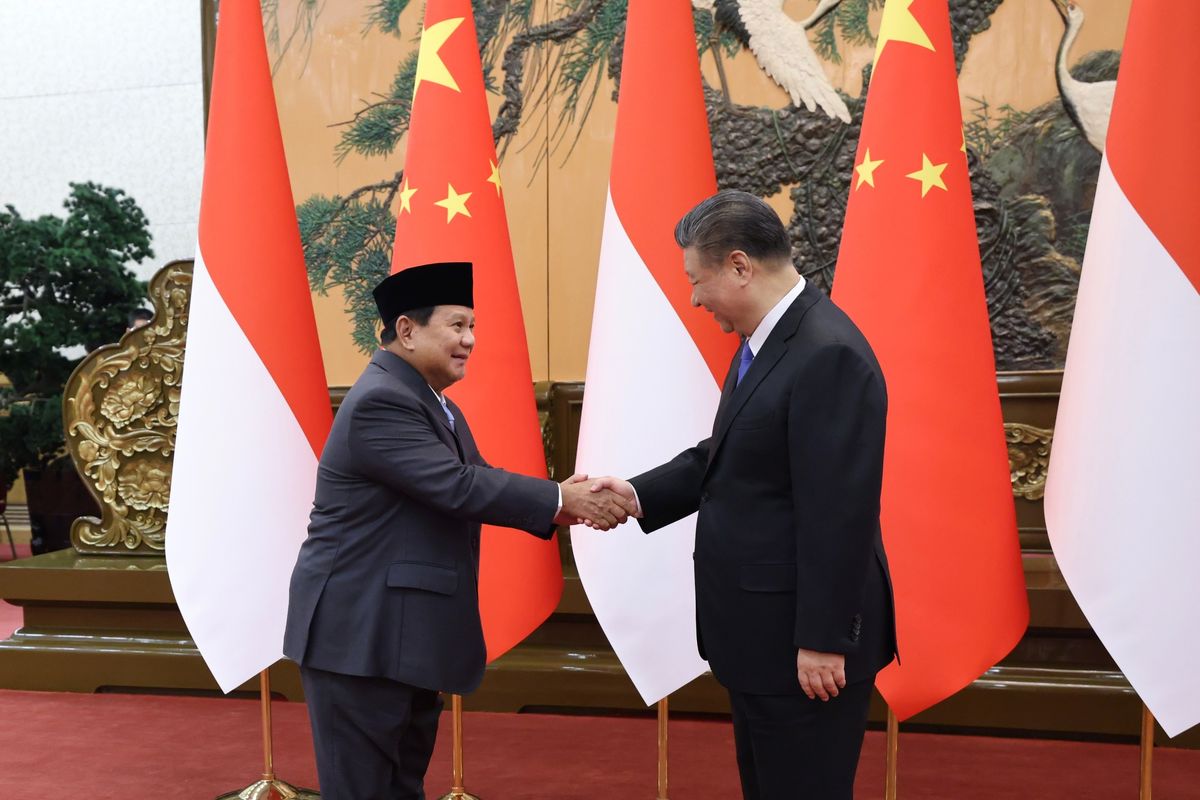China’s leadership is setting the stage for a sweeping economic transformation in 2025, signaling a shift in policy direction designed to address internal challenges and navigate an increasingly complex global environment. The Politburo, the country’s highest decision-making body, has announced plans to adopt a more expansionary monetary policy alongside proactive fiscal measures. This combination aims to strengthen domestic consumption, expand demand, and stabilize key markets, according to a readout published by state media outlet Xinhua.
The announcement comes ahead of the annual Central Economic Work Conference, where officials will finalize policy targets for the coming year. This pivotal meeting is expected to flesh out the Politburo’s call for “appropriately loose” monetary policies—a notable departure from the more cautious approaches of recent years—and a fiscal strategy aimed at counter-cyclical adjustments to offset economic headwinds.
The financial markets reacted with optimism. Hong Kong’s Hang Seng Index surged 2.8%, hitting its highest level in a month, while Chinese government bonds rallied as investors embraced the prospect of increased liquidity and fiscal support. The upbeat response underscores the significance of the Politburo’s commitment to stimulating growth amid rising uncertainties, particularly from the United States.
China’s economic challenges are manifold. While the country is on track to achieve its 2024 growth target of around 5%, the road ahead is steep. A property market crisis has weakened household wealth, while domestic consumption remains sluggish despite significant government intervention. The country’s reliance on manufacturing and exports, traditionally key drivers of growth, has left it vulnerable to external shocks, including escalating trade tensions with the U.S.
The specter of heightened tariffs from U.S. President-elect Donald Trump looms large over China’s economic outlook. Trump’s rhetoric on imposing tariffs of 60% or more on Chinese imports has intensified concerns within Beijing’s policymaking circles. These potential measures add to the urgency of crafting policies that prioritize internal stability while strengthening resilience against external threats.
In response to these pressures, Beijing is focusing on recalibrating its economic priorities. Recent efforts include a substantial 1 trillion yuan ($140 billion) liquidity injection by the central bank, coupled with interest rate cuts and targeted stimulus measures. However, officials are clear-eyed about the need for deeper reforms to sustain growth. The emphasis on stabilizing the housing and stock markets, while broadening domestic demand, reflects a strategy to address structural imbalances that have persisted for years.
Finance Minister Lan Foan has hinted at additional fiscal measures, though details remain scarce. Economists have called for more direct support for low- and middle-income households to stimulate consumption, as well as reforms in taxation, welfare, and social security to address inequalities. While much of Beijing’s focus has been on industrial upgrades—particularly in green energy, electric vehicles, and advanced manufacturing—critics argue that more attention is needed on policies that directly benefit households.
China’s leadership is walking a tightrope, balancing short-term recovery efforts with long-term strategic goals. As 2025 approaches, the Politburo’s emphasis on “pursuing progress while maintaining stability” underscores a clear commitment to navigating these challenges while positioning the economy for sustainable growth.






